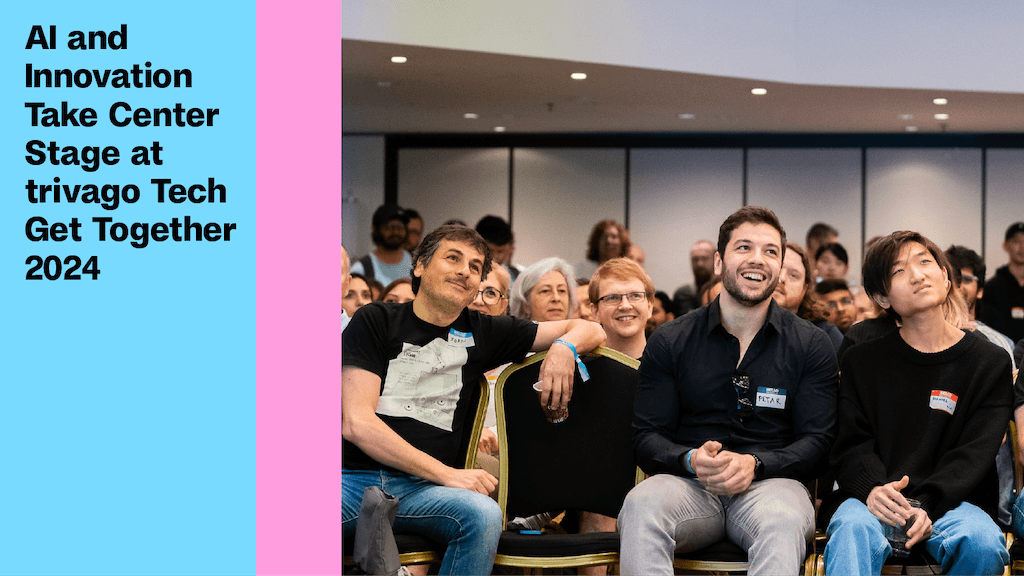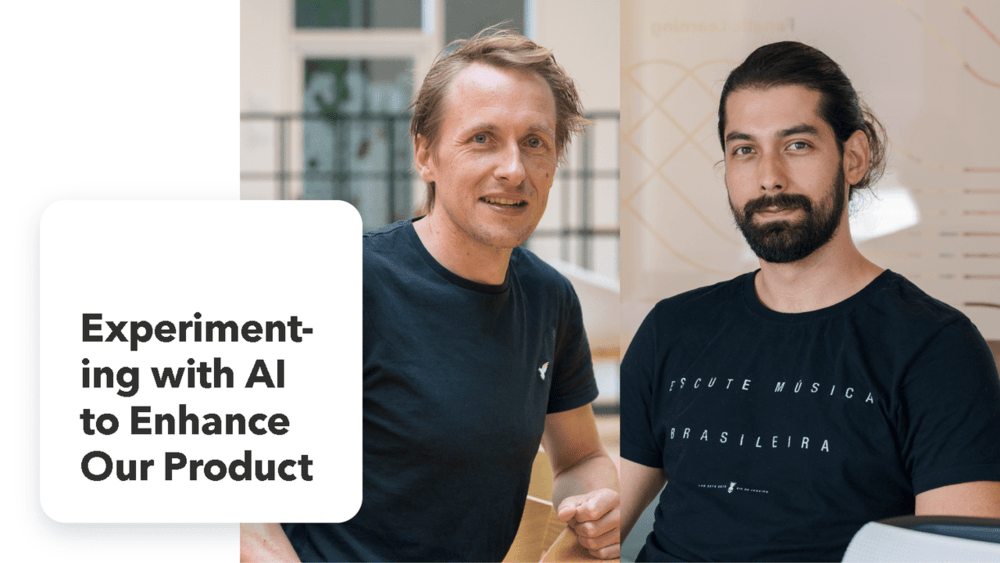In May this year, more than 300 of (mostly tech) trivago talents gathered for a full-day conference focused on knowledge sharing and valuable exchanges on the latest tech trends. Known as the trivago Tech Get Together, this event is a crucial part of our learning culture and provides an opportunity for our talents to learn from each other. The event featured several talks, keynotes, workshops, and a panel discussion, ensuring that everyone who attended the event could take away important learnings applicable to their work environment.










Follow us on